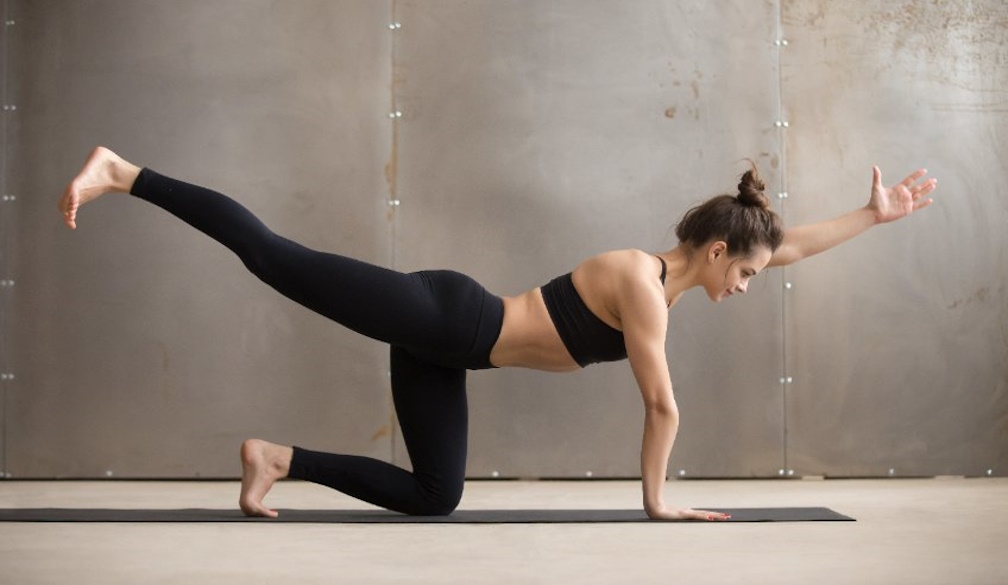The Surprising Benefits of Low-Impact Activities

When we think of getting fit or burning calories, we often imagine sweat-drenched boot camps, high-intensity intervals, or running marathons. But what if the real secret to long-term health and sustainable movement lies not in intensity, but in gentleness?
Low-impact activities are often underestimated. Seen as “easier” or “not enough” by some, they’re actually powerful tools for improving fitness, mental health, and overall well-being, all without putting unnecessary strain on the body.
Here’s why low-impact movement might just be the most underrated approach to staying active.
1. What Are Low-Impact Activities, Exactly ?
Low-impact doesn’t mean low-effort. It simply refers to exercises that minimize stress on your joints. These movements are designed to reduce the amount of force your body absorbs during activity, especially around the knees, hips, and ankles.
Popular low-impact activities include :
- Walking ;
- Swimming ;
- Cycling ;
- Rowing ;
- Pilates ;
- Yoga ;
- Elliptical training ;
- Resistance band workouts ;
- Water aerobics.
What all of these have in common is that they’re gentle on the joints, yet still provide meaningful cardiovascular, muscular, and mental benefits.
2. Joint-Friendly Doesn’t Mean Ineffective
One of the biggest misconceptions is that low-impact equals low-results. In reality, these activities can improve your cardiovascular endurance, build muscle, and boost flexibility, all while lowering the risk of injury.
For example, a brisk walk for 30 minutes can burn calories, improve heart health, and help manage stress. Pilates and yoga enhance core strength and stability, and swimming is a full-body workout that’s also highly therapeutic for sore muscles.
Low-impact activities are also ideal for active recovery, allowing you to stay in motion while giving your body time to rest from more intense workouts (if you choose to include them).
3. They’re Sustainable, And That’s What Really Matters
Let’s face it: the best workout is the one you’ll actually stick to.
High-intensity routines may deliver quick results, but they’re also more likely to cause burnout, soreness, or even injury if not managed properly. Low-impact movement, on the other hand, supports a long-term commitment to fitness. You don’t have to dread your next workout, in fact, you might start to look forward to it.
Whether it’s a walk with a podcast, a gentle yoga class, or a session on the elliptical while watching your favourite show, these forms of movement fit naturally into real life. They don’t demand perfection, just consistency.
4. Great for Beginners, Older Adults, and Everyone in Between
Low-impact workouts are accessible to all age groups and fitness levels. Whether you're a beginner getting started, an older adult looking for safe activity, or someone recovering from injury, this kind of movement meets you where you are.
They’re also great for those managing chronic conditions such as arthritis or back pain. Instead of forcing the body through discomfort, these exercises allow for modifications, mindfulness, and progress at your own pace.
But don’t be fooled, they can also be incredibly challenging. Anyone who’s done a slow, controlled Pilates class or held a deep yoga pose knows how demanding low-impact can be when done correctly.
5. Low-Impact, High Mental Rewards
Movement isn’t just about the physical body, it deeply impacts mental health too.
Low-impact activities like walking in nature, swimming laps, or practising yoga stimulate the release of endorphins, helping reduce anxiety, depression, and stress. They encourage breathing, mindfulness, and reconnection with the present moment, something many of us need in our fast-paced lives.
In fact, studies have shown that regular low-impact exercise can improve sleep, boost mood, and enhance cognitive function, without the post-workout exhaustion that often comes from more intense routines.
6. A Smart Addition to Any Routine
Even if you enjoy high-impact workouts or competitive sports, incorporating low-impact movement can be a game-changer for balance and recovery. These activities help strengthen supporting muscles, improve mobility, and reduce wear and tear on the body.
Many experienced athletes turn to yoga, swimming, or cycling to complement their more demanding routines. And if your go-to fitness gym offers low-impact group classes, it’s a great opportunity to explore these options with professional guidance.
7. How to Get Started With Low-Impact Movement
If you’re new to fitness or looking to shift gears, low-impact activities are a great place to start. Here are a few simple tips:
- Start slow : Begin with 15–20 minutes a few times a week.
- Choose what you enjoy : Dance, walk, stretch, there’s no single “right” option.
- Focus on form : Controlled movement is more effective (and safer) than rushed reps.
- Listen to your body : If it feels good, keep going. If not, adjust.
The key is to stay consistent. Over time, your body will grow stronger, your joints will thank you, and your mind will feel clearer.
Conclusion: Gentle Doesn’t Mean Weak
Low-impact doesn’t mean less-than. On the contrary, it represents a smarter, kinder way to move. One that respects your body, supports your mental well-being, and fits into the rhythm of your life.
So whether you’re just starting out, coming back from injury, or simply craving movement that feels good, low-impact exercise might be exactly what you need.
Remember: fitness isn’t about going harder, it’s about moving better.



